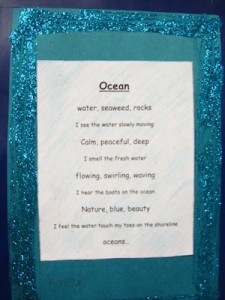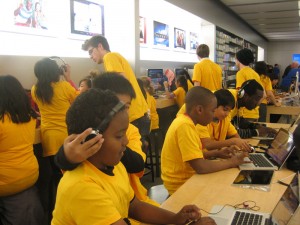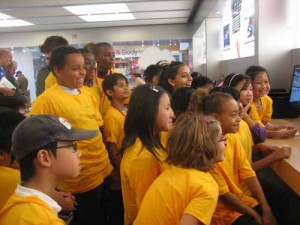Samantha’s experience with parent/teacher interviews was powerful and resonated with my view of the important partnership we share with our students’ care-givers.
This year I structured my interviews in order to connect, celebrate, plan, and support both students and parents. In each interview I made sure to:
CONNECT: Catching up with parents after our Curriculum Night was a nice way to begin our interview. With each one I tried to express how grateful I was for their involvement in their child’s life and encouraged them to share how things were going outside of school (homework, clubs, sports, hobbies, etc.). I also had parents share their thoughts and feelings about their child’s progress.
CELEBRATE: We celebrated their child’s strengths, progress, and special or important accomplishments thus far.
PLAN: Based on the child’s progress, their strengths, and needs, we created a “next steps” by choosing one or two goals and deciding on some strategies we (student, parent, and teacher) could use to help the child accomplish each goal.
SUPPORT: I offered some resources and advice for both parents and students that could be used to support the plan we decided to put into action.
I had one of the most successful interview experiences of my career which was spectacular! However, when all is said and done, it’s the unexpected moments that empower and inspire me most. I’d like to share one such moment that solidified my belief that we can be agents of change to our students in ways we might not have imagined.
I have a student in my class who spent a great deal of time in the principal’s office during his previous six years at the school. “Good luck” was the response I got when teachers saw the name on my class list (a reaction which is one of my greatest pet peeves). This of course, only sparked my interest and motivation to bring about positive change. The funny thing is that it took very little effort to witness a complete turn-around in behaviour, focus, and attitude toward learning! I attributed it to a structured but engaging classroom environment, a lot of positive feedback, and regularly connecting with his mom with respect to his work and behaviour. During our interview I had the pleasure of sharing and celebrating all the progress and success the student had demonstrated and together, we planned our next steps/goals. At one point, the student’s mother hugged him tightly and filled his face with kisses. She began to tear up and said, “You can’t imagine what it is for a mother to continuously hear negative comments and be called into the school every other day to deal with problems. Since the beginning of this year, he comes home happy to show me his agenda with all the positive notes you write. He believes you like him and is eager to be his best self. At home, he is an amazing kid. I hardly recognize him. I cannot begin to thank you enough.” I quickly reminded her of the factors I attributed to his progress. “I really do feel that he’s more mature and ready for a change”. But she nodded in disagreement and said, “He believes you really like him. That’s all it took.”
Needless to say, as exhausting as interviews are, hearing that from his mom completely made my day.







